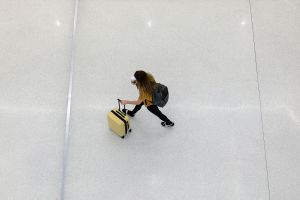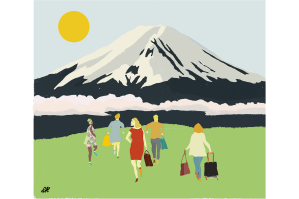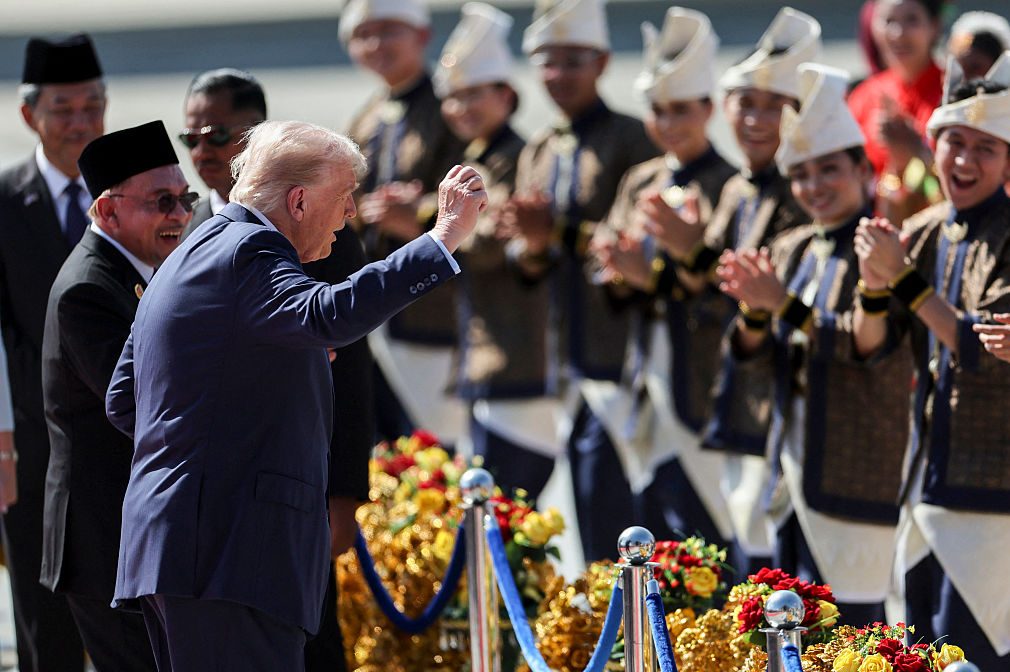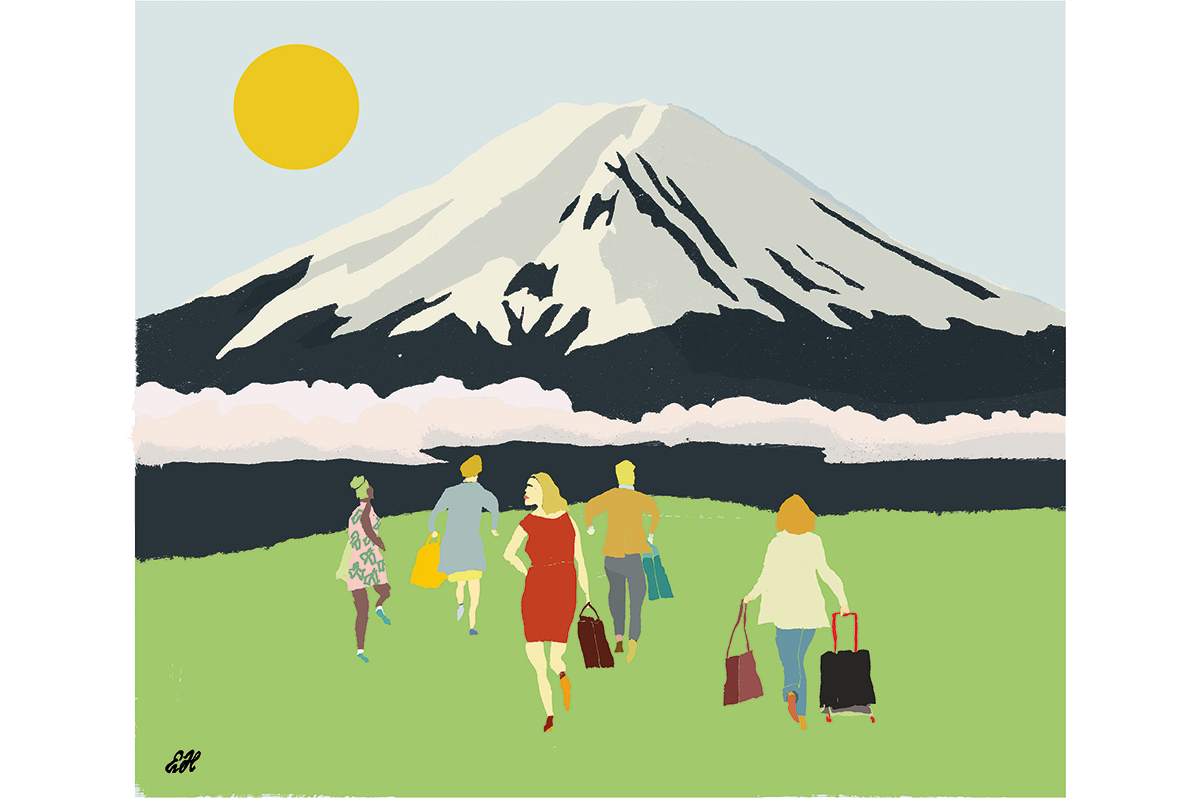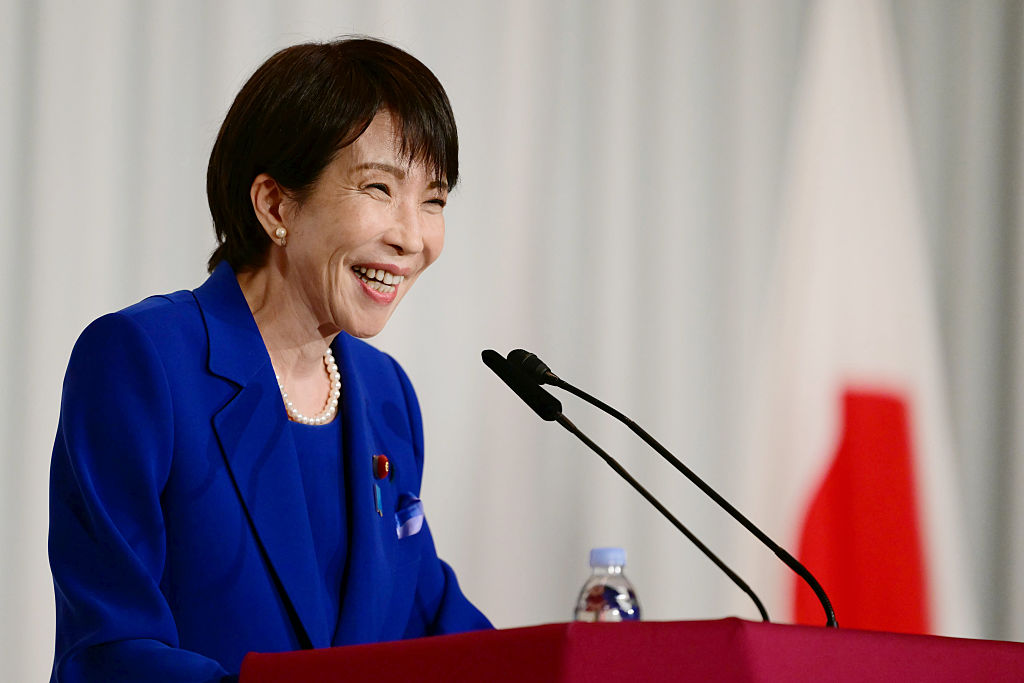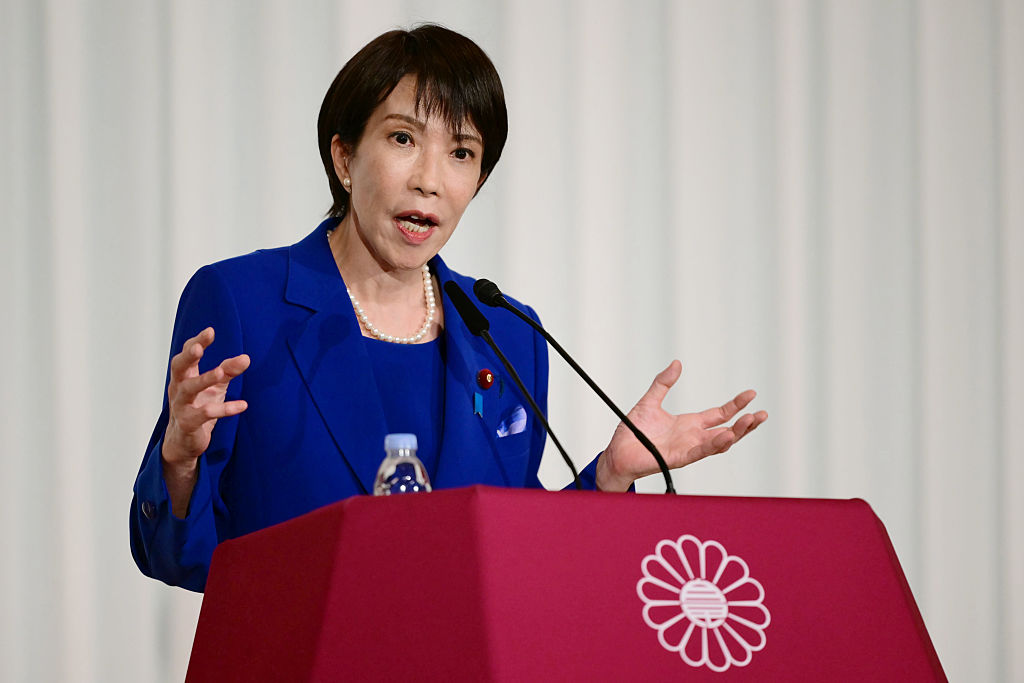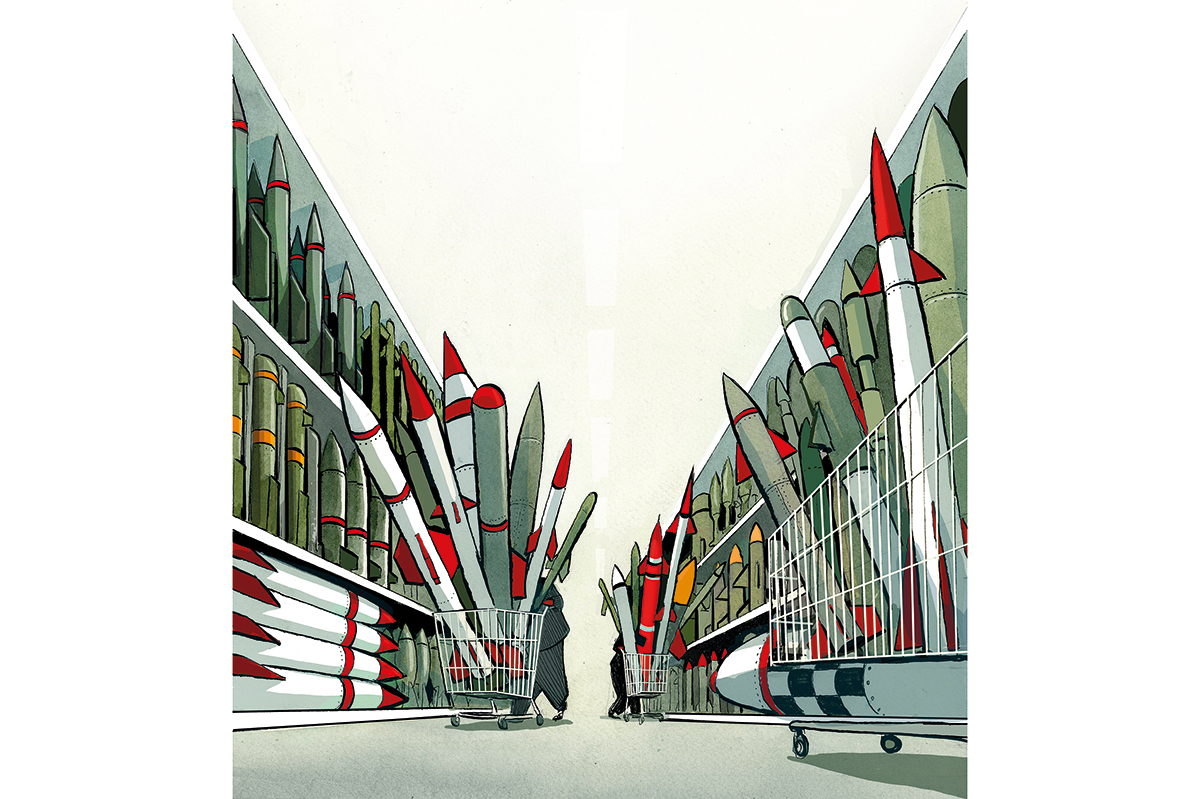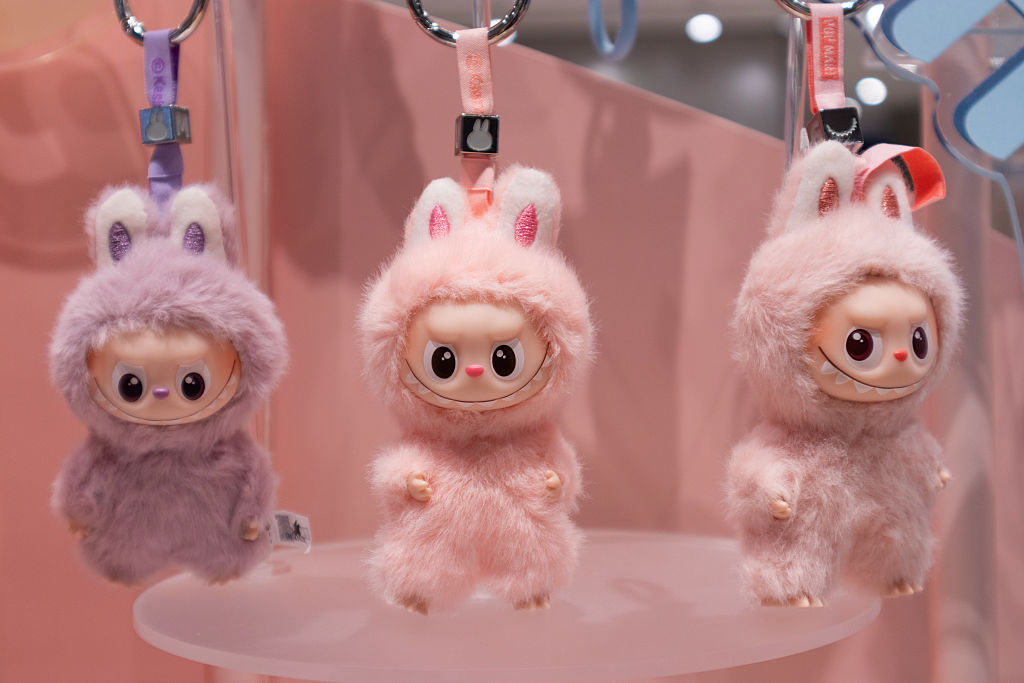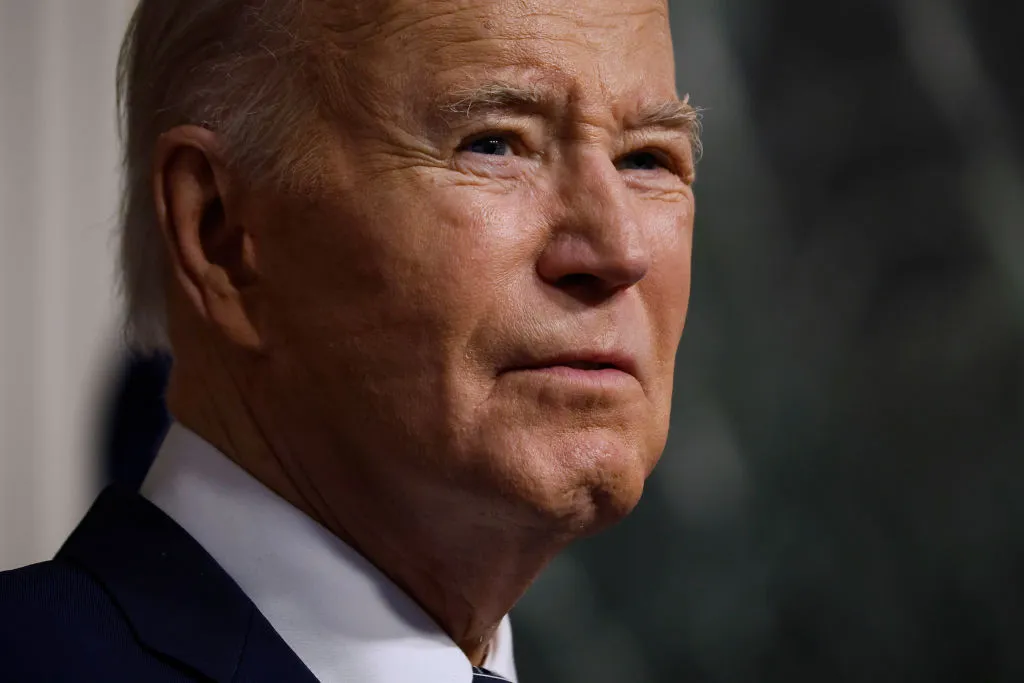Soil samples from Fukushima, the prefecture where Japan’s Dai-Ichi Nuclear reactor exploded in 2011 sending plumes of radioactive material into the sky, will be transported to the garden of Prime Minister Shigeru Ishiba to serve as flower beds. Far from horticultural, the real purpose is to reassure the Japanese people that Fukushima is now safe and to allow the government to get on with the colossal task of moving the mountains of top soil now stocked in the prefecture around Japan to be used for agriculture and as building materials.
The Fukushima nuclear ‘disaster’ would perhaps be better named the ‘almost disaster’
The government are resorting to this stunt – which reminded me of a long-ago incident when then UK agriculture minister John Selwyn Gummer tried to feed a hamburger to his daughter to prove British beef was safe – because a high level of skepticism remains about Fukushima. There are 14 million cubic meters of soil to shift and the government is obligated by law to disperse 75 percent of it by 2045 so local trust and cooperation is essential. So far, things haven’t been going well: nimby opposition groups have already stopped plans to use the soil in Tokyo’s Shinjuku, Tokorozawa and Saitama wards over fears of contamination. Hence the Prime Minister’s new flower beds.
Despite a full 14 years having passed since the tsunami and nuclear incident, a stigma is still attached to the region of Fukushima which continues to blight the area. Many residents evacuated in the immediate aftermath have not returned, leaving ghost towns where once there were thriving communities. The region’s agricultural produce, water, and soil are still treated with suspicion. Visitor numbers to the area even far from the site of the plant are a fraction of what they once were. The area still feels cursed.
Part of the problem is that official government information is considered unreliable or even dishonest. This is understandable for those who recall the often farcical official response to events at the Fukushima plant. I well remember the fear that gripped many as the government mixed up its microsieverts and millisieverts – the units used to measure radiation – in their announcements. Rumors abounded of a radioactive cloud approaching Tokyo to engulf us all, for which iodine tablets were to be distributed. These rumors were not adequately dispelled by the urgent and often unhelpfully intense 24-hour news coverage.
Many foreigners fled, some never to return. Of those, some, I suspect, chose to end an unhappy life in Japan and saw the nuclear incident as an excuse, but many were genuinely terrified. There was much confusion at that time and it wasn’t entirely clear whether it was harder for those who spoke the language or those who didn’t. I was lucky to have access to the detailed, daily bulletins produced by the British Council in Tokyo in connection with UK government scientists which outlined the risks, which were in fact minimal.
But it’s not just a poorly handled repose to the 2011 incident; the government also has to reckon with a deep-rooted unease with anything related to nuclear energy that lurks in the Japanese psyche. The origins of this are not only the Hiroshima and Nagasaki atomic/plutonium bombings of 1945 but also a less well-known incident from 1954. Accidental irradiation of a Japanese tuna fishing vessel off Bikini Atoll in 1954 following a US nuclear test led to severe health consequences for the crew.
The Japanese called this incident the “second atomic bombing of mankind” and it forever imprinted the nightmarish association of atomic radiation and food contamination on the Japanese mind. It even inspired the Godzilla character, originally a sort of eco-parable. The long delayed – will it or won’t it be released in Japan? – saga of Christopher Nolan’s Oppenheimer shows how deep-rooted and enduring this unease about anything related to nuclear power still is.
It might help matters if the true story of what really happened at Fukushima were better known. The Fukushima nuclear “disaster” would perhaps be better named the “almost disaster” (no one died as a direct result of the accident) with catastrophe, some believe, only being averted thanks to the professionalism and courage of one man. Masao Yoshida, a straight-talking maverick engineer, ignored the potentially disastrous orders of his superiors in Tokyo to abandon the facility and stayed on to continue pumping seawater into the reactors, thus cooling them but rendering them inoperable. He almost certainly prevented further explosions and may have saved countless lives. There ought to be a statue somewhere (Yoshida died of cancer in 2013) yet even today few Japanese know his name.
Since corporate and political incompetence is an essential part of the Fukushima story, from the decision to place it on the coast, to the design of the plant to the actions of the managers in Tokyo, and so on, it is a hard one for the authorities to be completely honest about. But as long as they remain cagey about the full details, it is unlikely that moves like Ishiba’s gardening ploy will do much to allay people’s fears.










